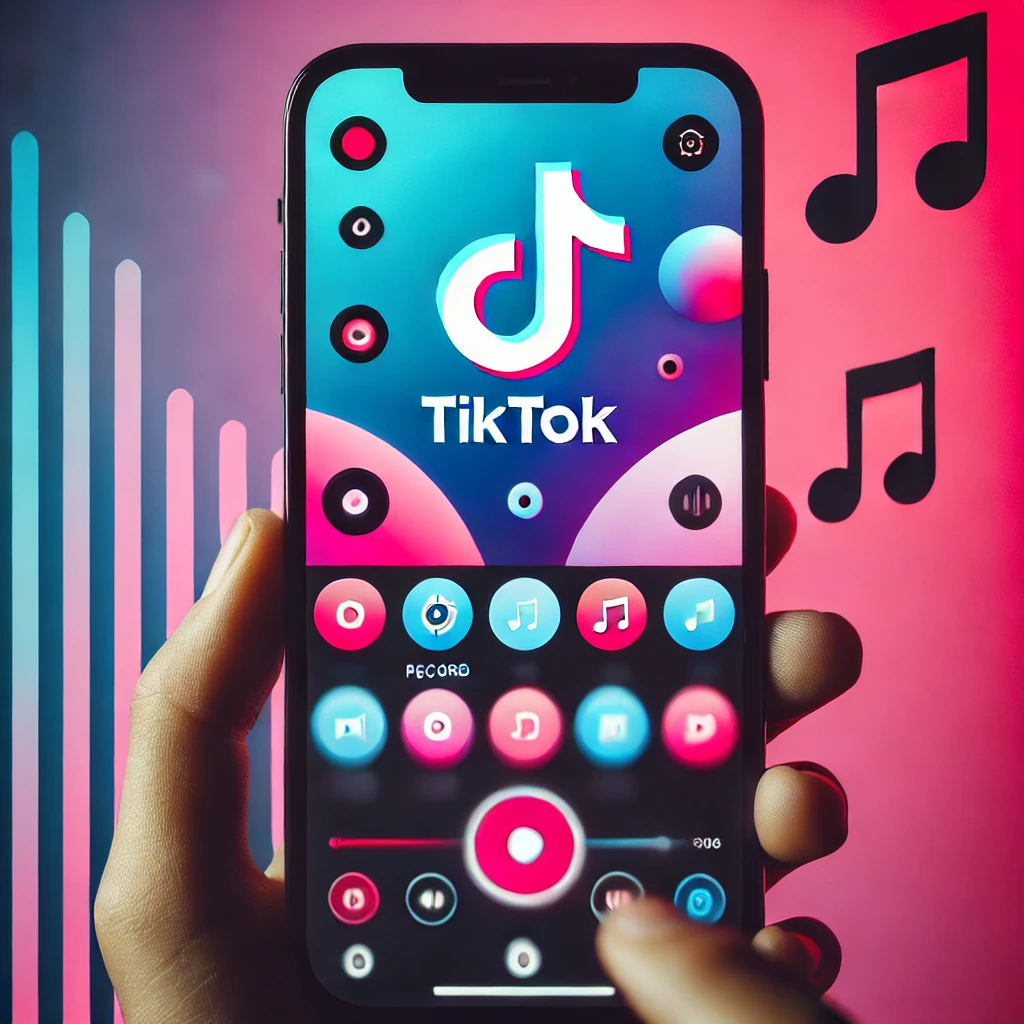How to Make TikTok Videos: A Comprehensive Guide for Content Creators

Creating engaging videos on TikTok can be a powerful way to connect with a broad audience, build a brand, and increase social media reach. With TikTok’s easy-to-use editing tools and creative features, you don’t need to be a video production expert to make captivating content. This guide covers everything content creators need to know about making high-quality TikTok videos, from planning and filming to editing and maximizing engagement.
1. Define Your Content Goal
Before you begin filming, it’s essential to have a clear purpose for your content. Are you creating for entertainment, education, or brand promotion? Defining your goal will help you plan your content, choose relevant sounds, and decide on the style of video. Whether you want to inspire, entertain, or inform, knowing your objective helps create a focused, impactful video.
2. Planning Your Video Concept
Once you have a goal, start planning the concept of your video. Decide on the video’s main idea, structure, and any elements you want to include, such as specific visuals, music, or dialogue. TikTok’s short format favors quick, engaging clips, so focus on delivering your message concisely. For more inspiration on content strategy, visit our guide on social media strategies for small businesses.
3. Choosing the Right Music or Sound
Music and sounds are vital for TikTok videos, as they enhance mood and engagement. Trending sounds often help increase visibility, so explore TikTok’s Sound Library to find popular tracks that match your theme. You can also save sounds from other TikTok videos for future use.
4. Setting Up the Filming Environment
Good lighting, a clean background, and clear visuals are essential for high-quality videos. Aim for a well-lit area or use a ring light to ensure your footage is bright and clear. Test your camera angles to capture the best view, and make sure the sound quality is sufficient if you’re recording dialogue. A polished setup adds professionalism and keeps viewers engaged.
5. Filming Your Video
When filming, make sure to keep each clip short, as TikTok favors concise content. Use TikTok’s in-app camera to shoot your footage, as this allows you to pause and resume, giving you flexibility to capture different segments within one video. Avoid filming everything in one shot; instead, capture multiple angles and clips to make your video more dynamic.
6. Editing Basics: Trim and Align Clips
Once your footage is ready, the editing process begins. TikTok’s editing tools allow you to trim, rearrange, and adjust clips for seamless flow. Drag and drop clips to organize them in the right order and trim unnecessary parts to keep your content concise. For beginners, start with simple edits to create a clean, organized video.
7. Adding Filters and Effects
TikTok offers a variety of filters and effects that can add character to your videos. From color adjustments to slow-motion effects, these tools help you enhance the visual appeal. Experiment with different effects, but avoid overusing them, as this can distract from your message. For more tips, explore our guide on using music to enhance storytelling.
8. Adding Text and Captions
Text and captions can help clarify your message, especially if the video has no spoken dialogue. TikTok’s text feature allows you to choose different fonts, colors, and styles. Use captions to highlight key points or add context, and consider including a call-to-action (CTA) to prompt viewers to engage.
9. Using Transitions for a Dynamic Flow
Transitions make your video more dynamic and visually interesting. TikTok has built-in transition effects, or you can create your own by seamlessly merging clips. Smooth transitions keep the viewer engaged and can elevate the quality of your video.
10. Selecting Relevant Hashtags for Discovery
Hashtags play a crucial role in TikTok’s discoverability. Use a mix of trending, general, and niche-specific hashtags to maximize reach. For more insights, see our TikTok Hashtags Guide to boost your video’s visibility.
11. Preview and Adjust Before Posting
Before hitting post, preview your video to ensure everything flows well. Check for clarity, pacing, and quality. Make any necessary adjustments, such as re-aligning text or re-editing clips, to ensure your video is polished and ready to engage viewers.
12. Posting at Optimal Times
Posting at the right time can significantly impact your video’s reach. TikTok engagement peaks during certain times, often in the evenings and on weekends. Use a tool like FrenzyPost’s scheduling feature to post at optimal times when your audience is most active.
Frequently Asked Questions (FAQ)
What is the best way to film a TikTok video?
To film a high-quality TikTok video, focus on lighting, clarity, and camera stability. Use TikTok’s in-app camera for convenience and pause-and-resume features.
How long should a TikTok video be?
TikTok videos can be up to 10 minutes, but shorter videos (15-60 seconds) generally perform better, as they keep viewers engaged.
Do I need to use music in my TikTok videos?
While not necessary, adding trending music or sounds can help increase your video’s visibility and make it more engaging.
How can I add text to my TikTok video?
Use TikTok’s in-app text feature to add captions, emphasize key points, and provide context for viewers. Choose readable fonts and colors that match your style.
What hashtags should I use on TikTok?
Use a combination of trending, niche, and general hashtags relevant to your content to increase discoverability. Experiment with different hashtags to find what works best for your audience.
Related Posts
- TikTok Hashtags Guide: Supercharge Your Online Reach
- How to Build an Effective Social Media Content Planner
- Best Video Tools and Strategies for Social Media Content Creation
- Mastering Social Media Inboxes: Efficient Customer Engagement
- Why Every Social Media Manager Needs a Free Social Media Scheduler
